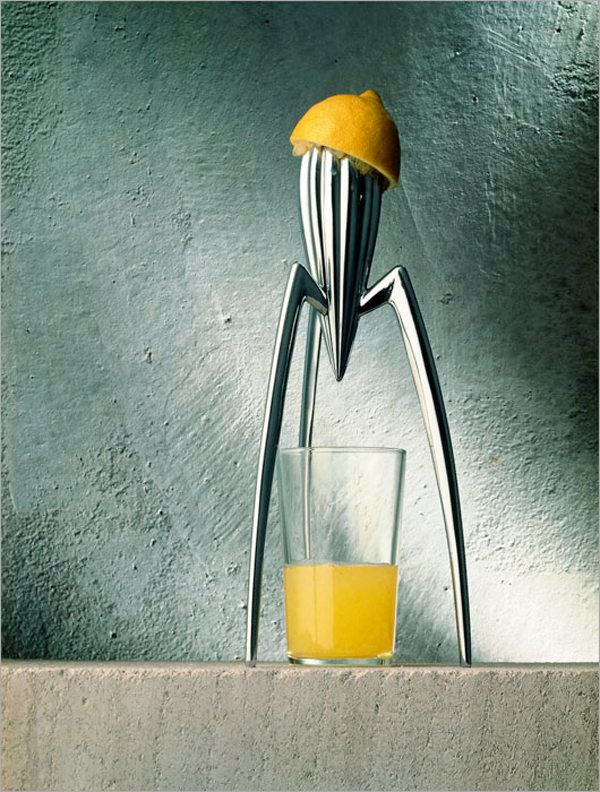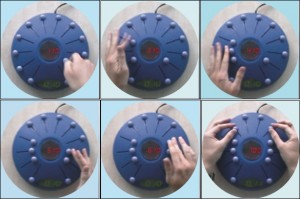Digital Photo Printer re-design from Jasper Dekker on Vimeo.
SWYP: See What You Print from Artefact on Vimeo.
https://www.artefactgroup.com/work/swyp/
http://www.ludwigrensch.com/paper-a-printer-you-actually-want
Re-designing printers:
Berg Little Printer
Paperang Portable thermal printer
Reflexive printer from Benforest on Vimeo.
Dispensing with words
Foam Core
Movement Practice: (for Music Player) (https://mecamind.eu/documents/Cards_MovementMethods.pdf)
I. Movement Method 7 : Explore Movement:
Step by step
1. Pick a modifier from Modifing Movement (pick one from 4 LMA dimensions).
2. Pick one or more props.
3. Play with the props inspired by the modifier.
II. Movement Methods 14: Brain Walk
Step by step
1. Write one idea on each post-it
2. Place the post-its near you.
3. Take a few steps and repeat steps 1-3.
III. Movement Method 23: Object Theatre
Step by step
1. Pick a scene that you want to roleplay.
2. Choose or assign different roles to the participants (roles can be both actors and objects).
3. Play out the scene or scenario. The participants must only focus on the perspective of their role.






















